Information, Selected Works, Links,
October 14–November 26, 2022

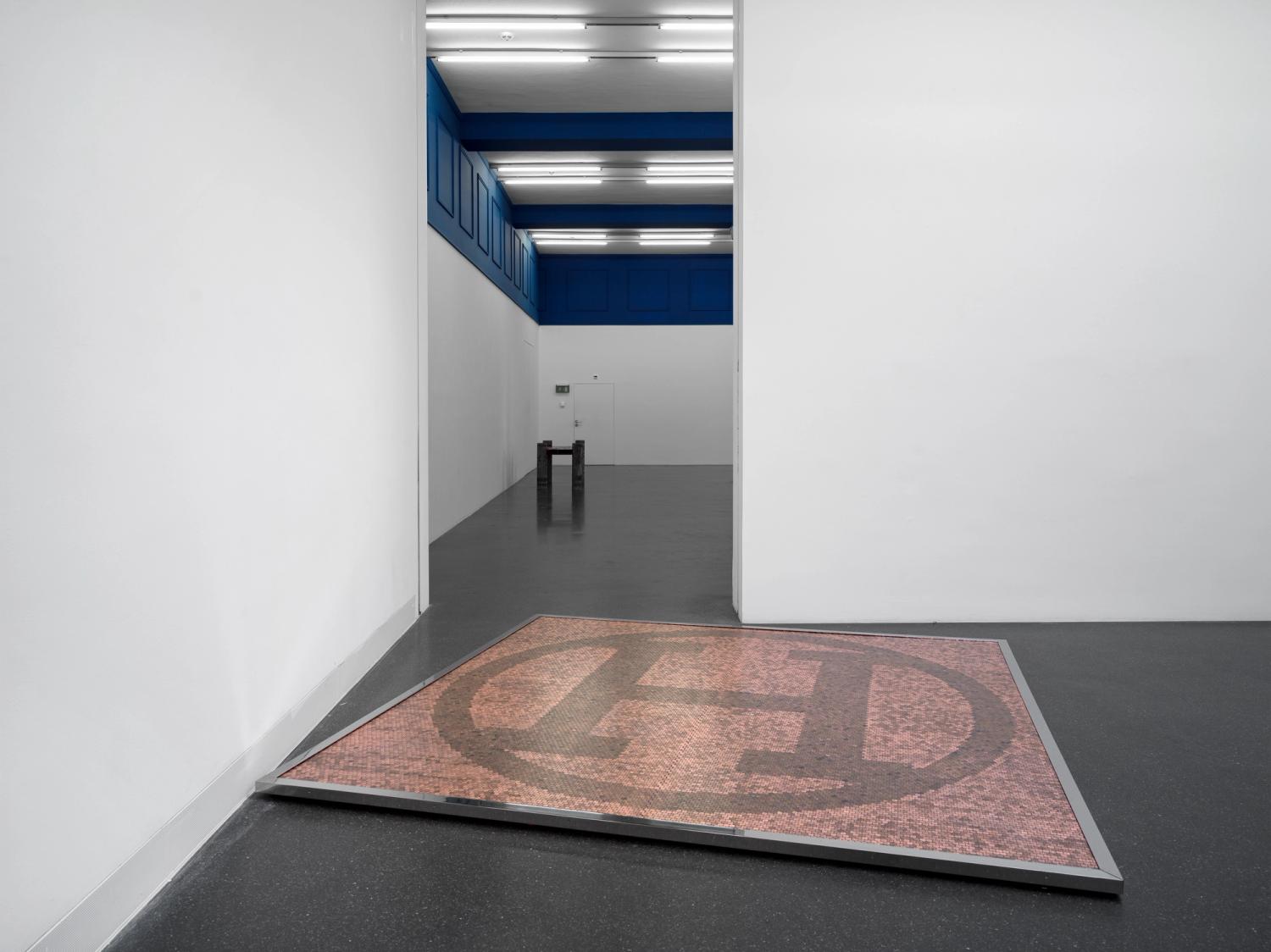



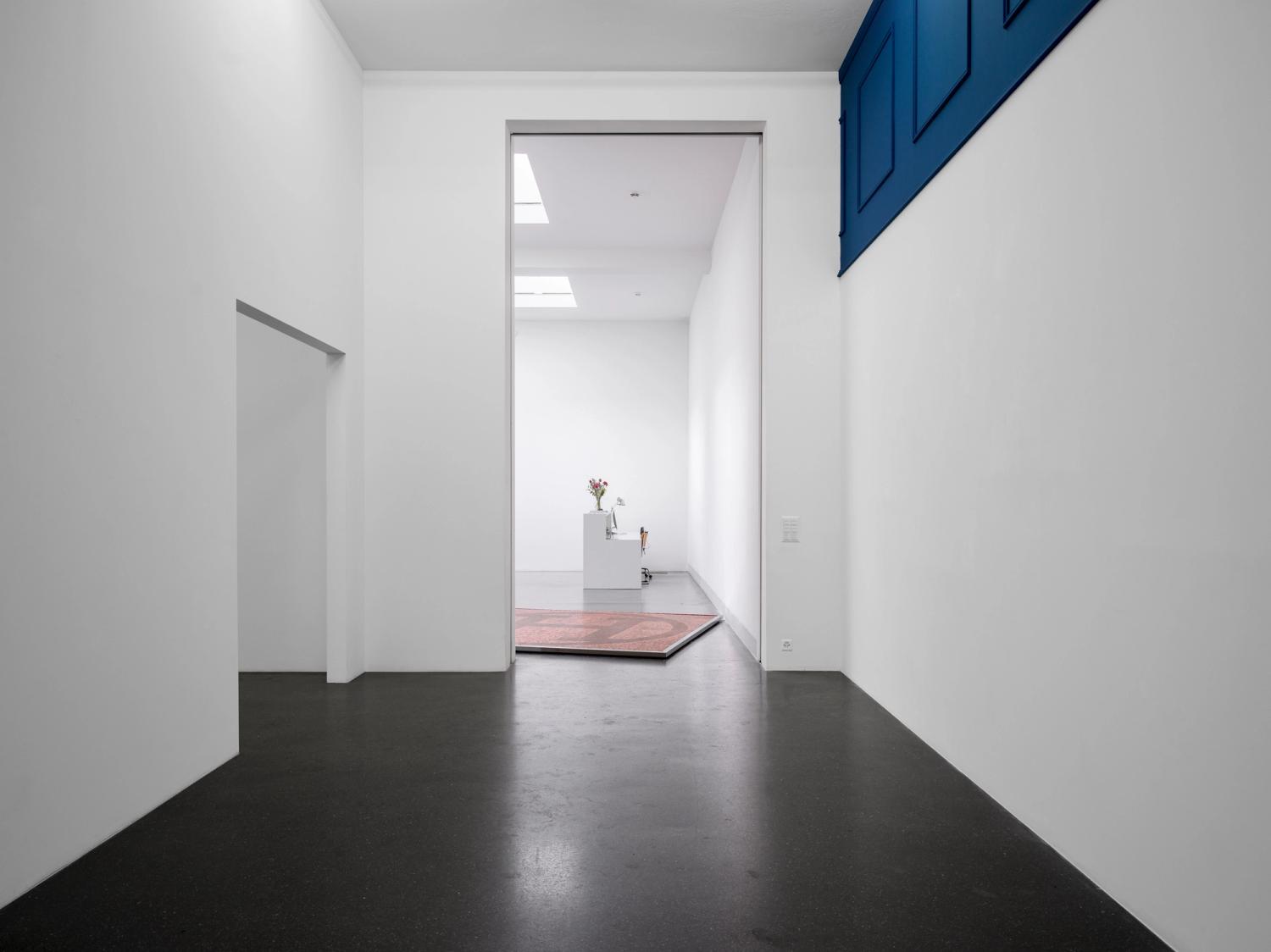
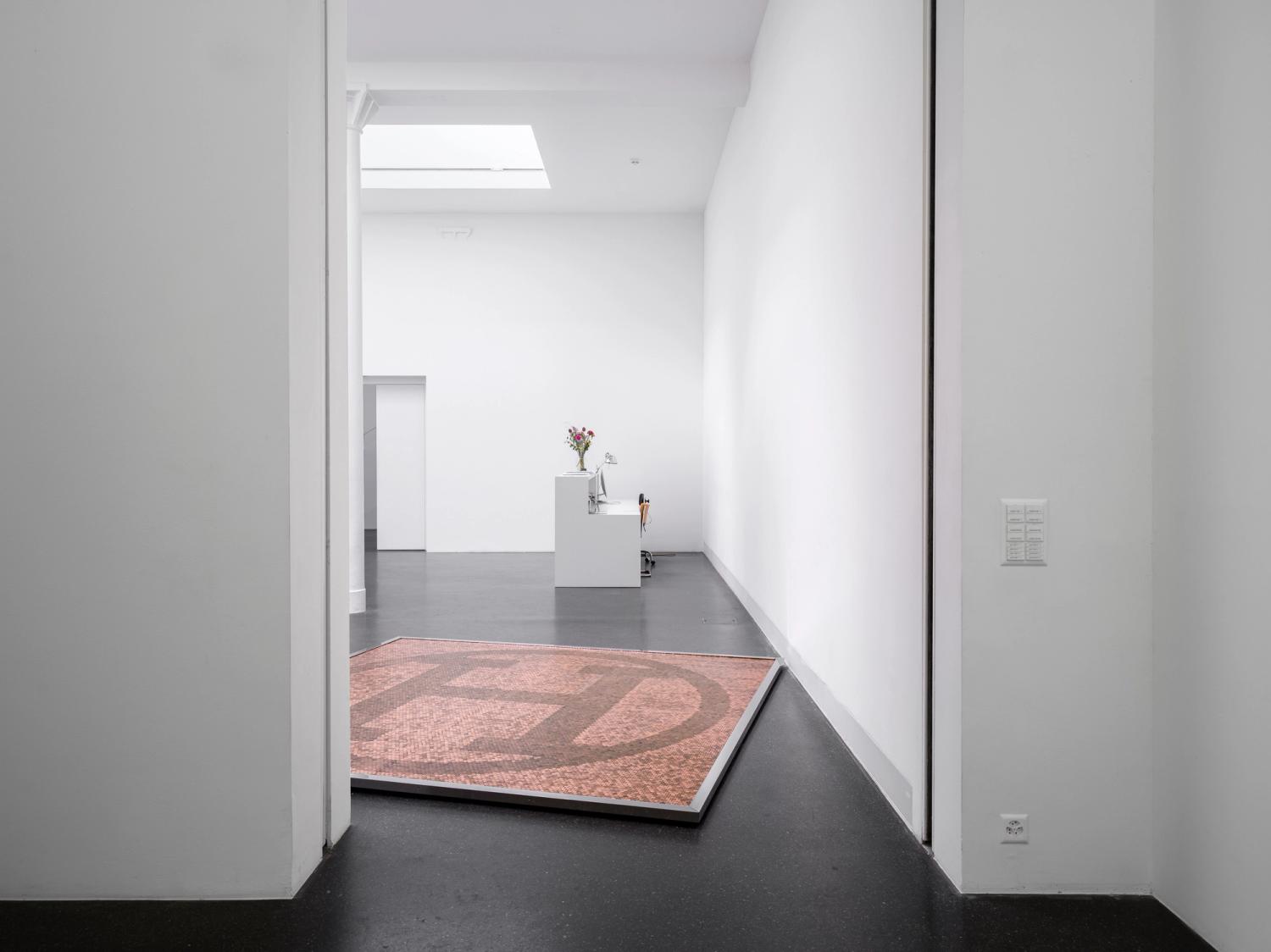
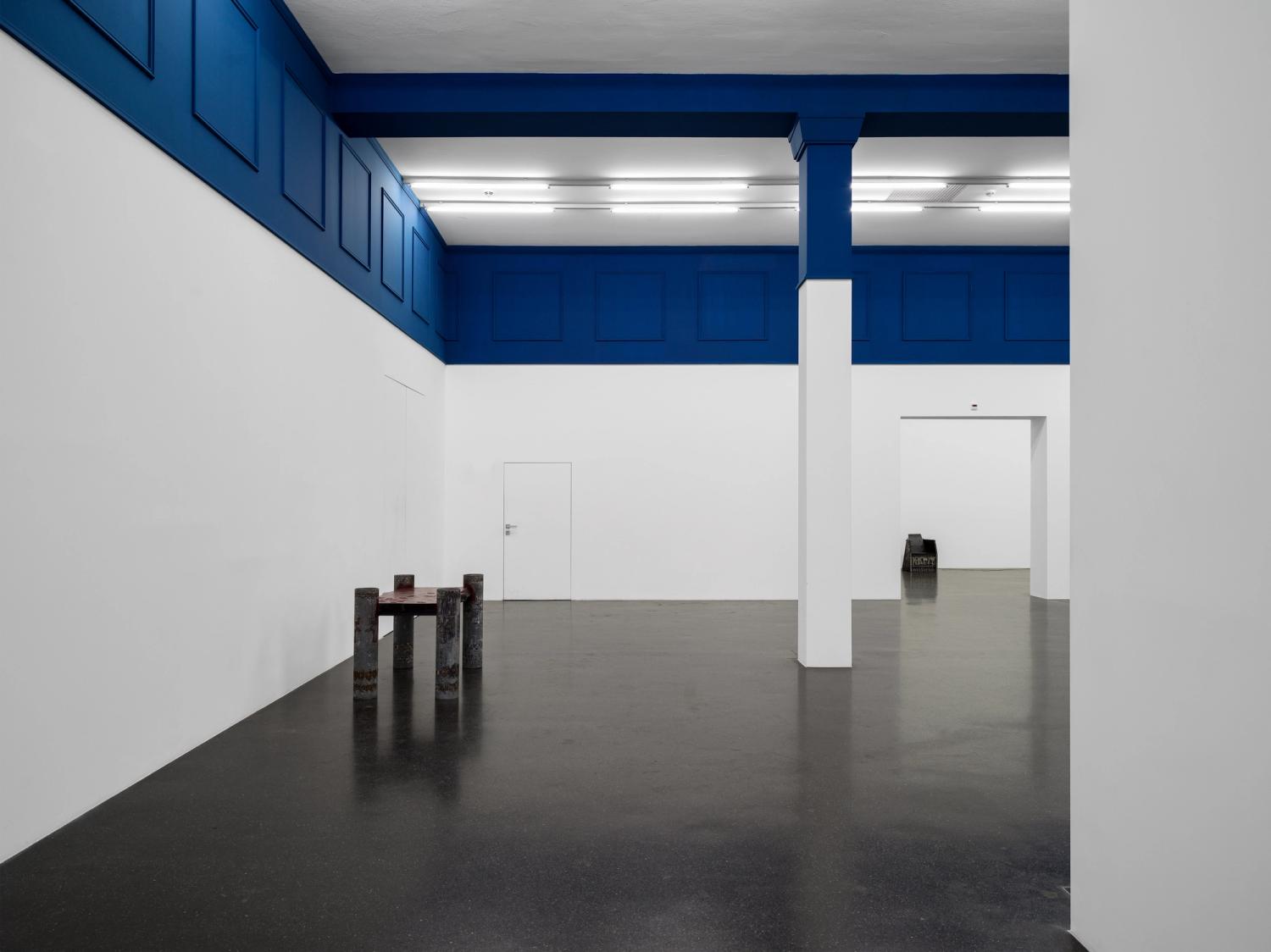
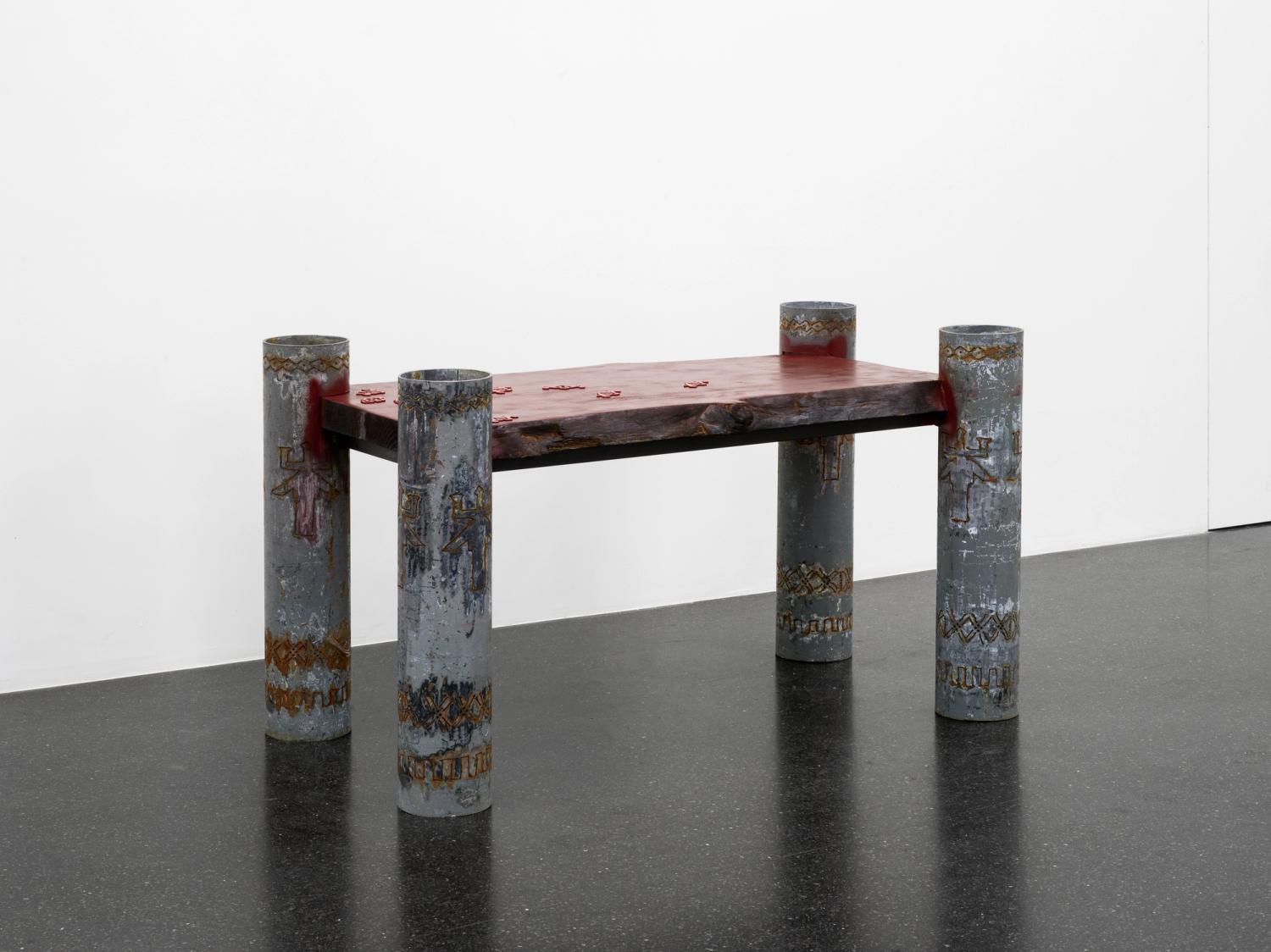
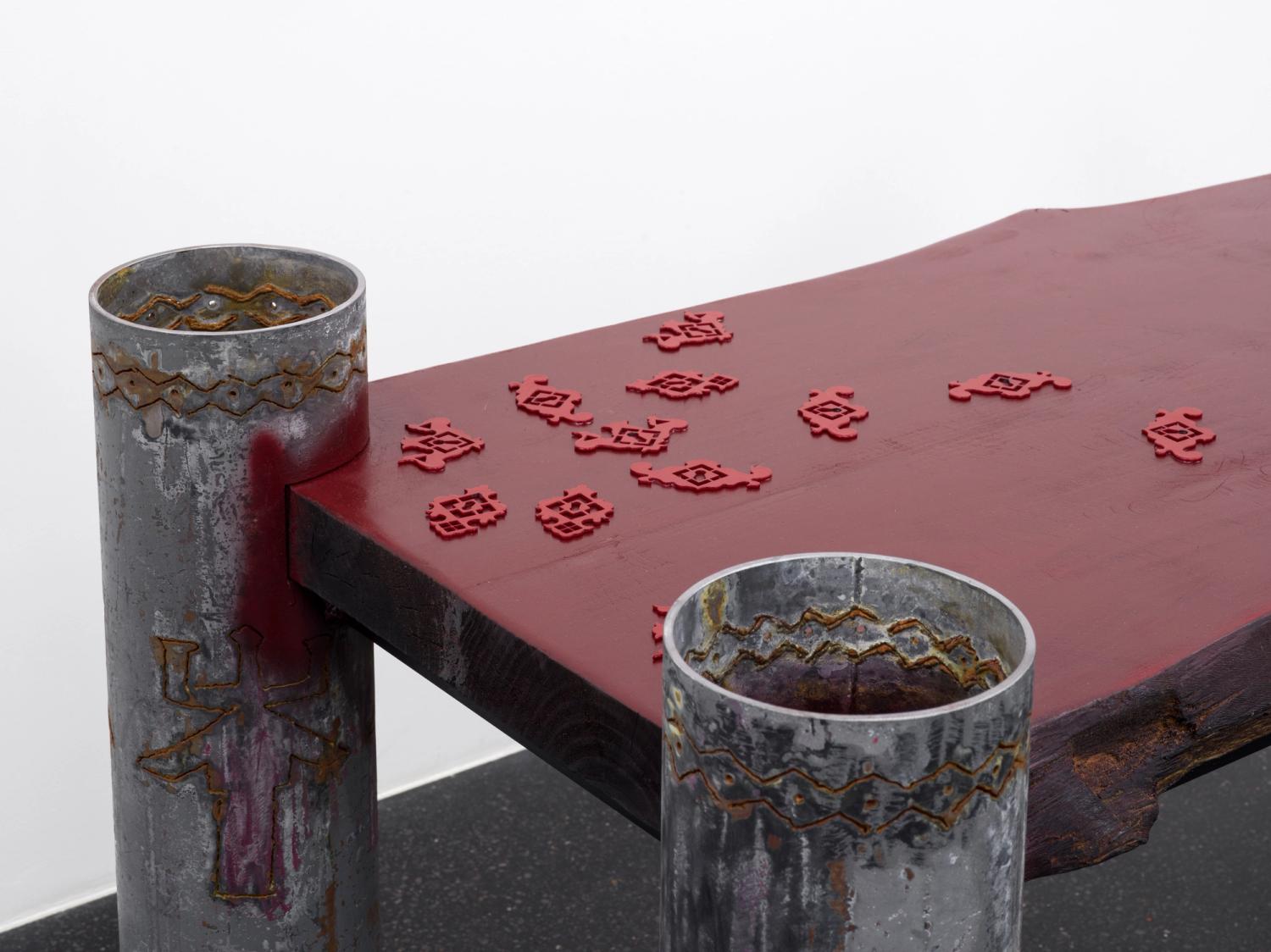
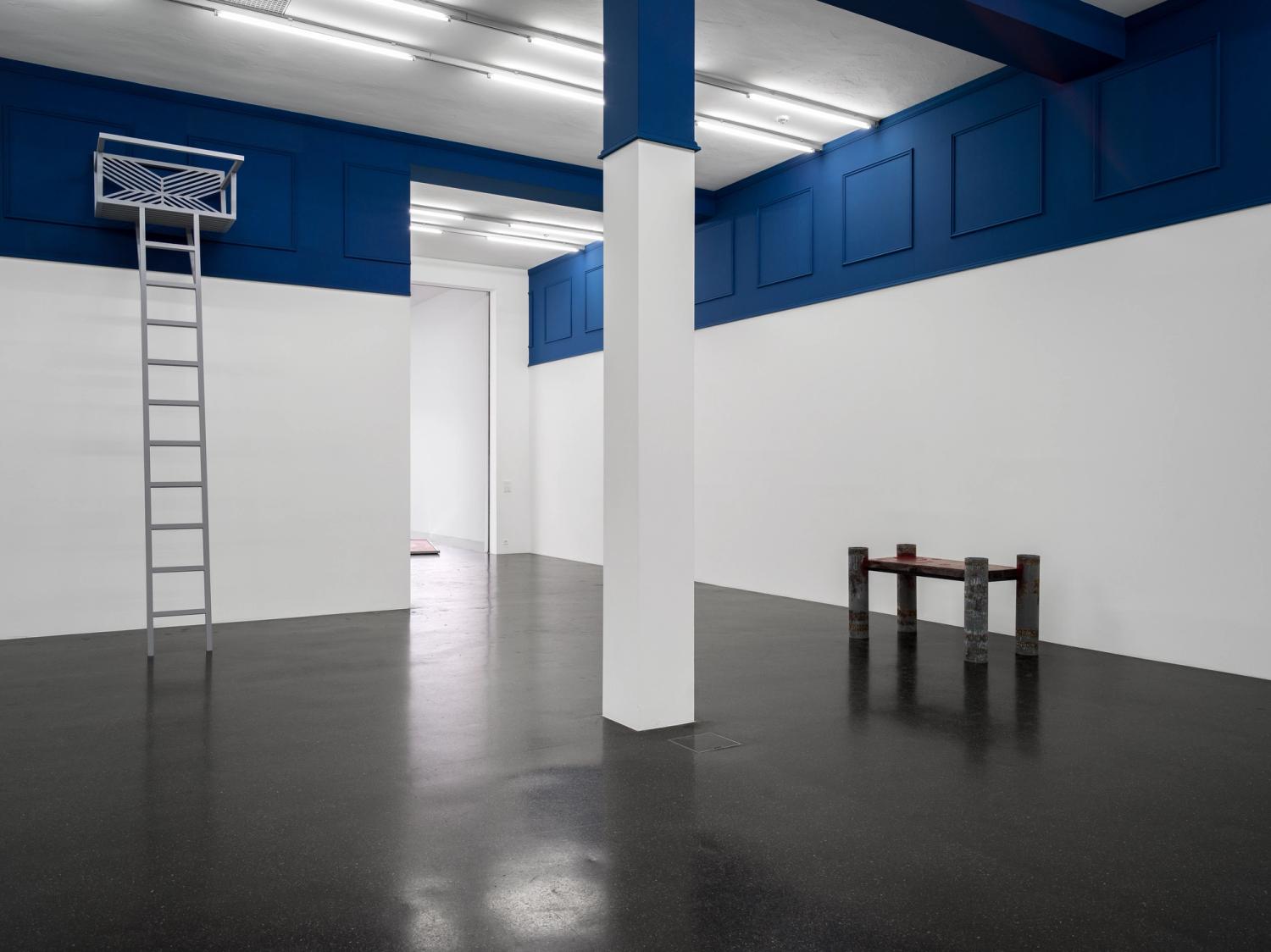
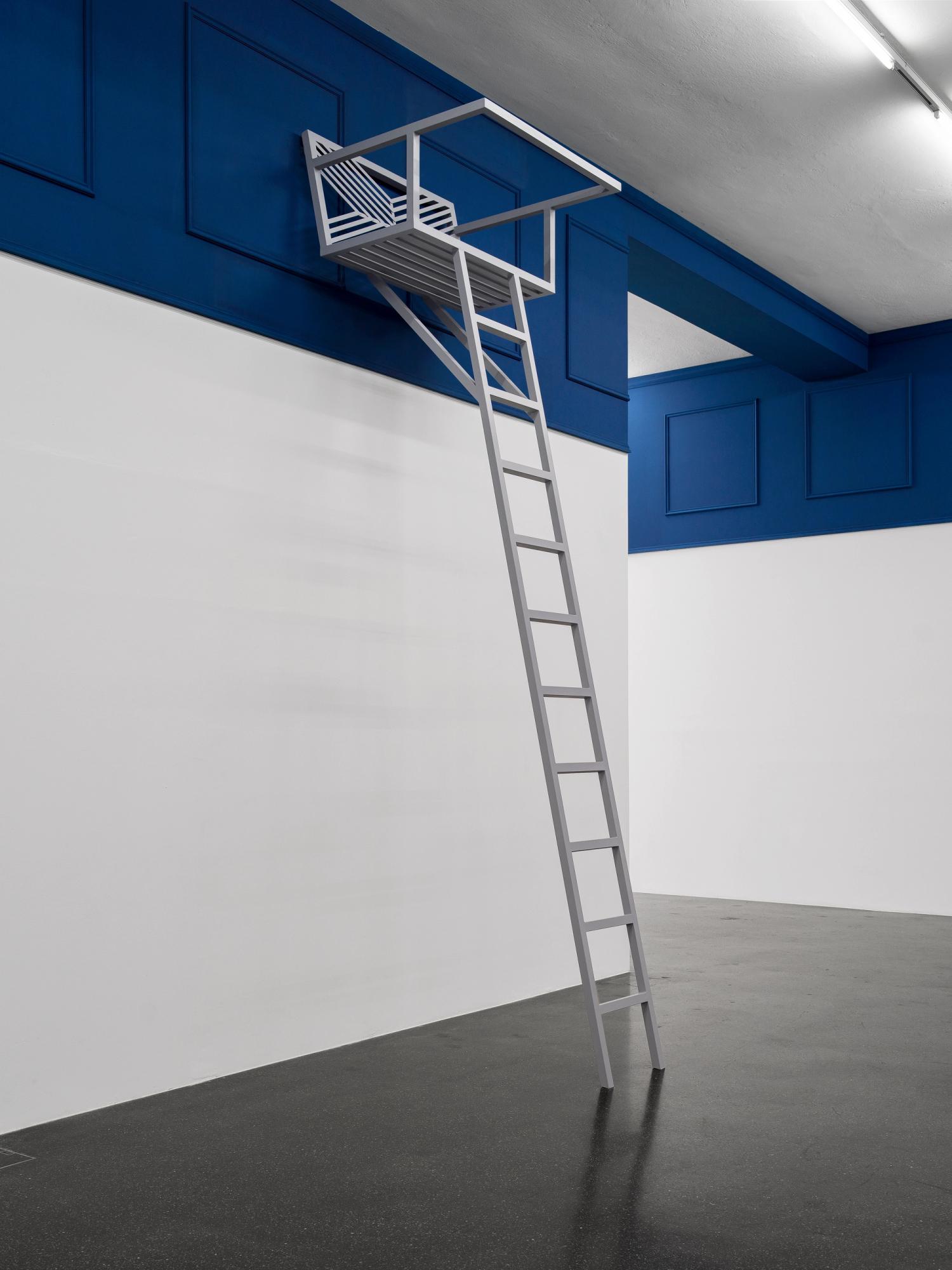

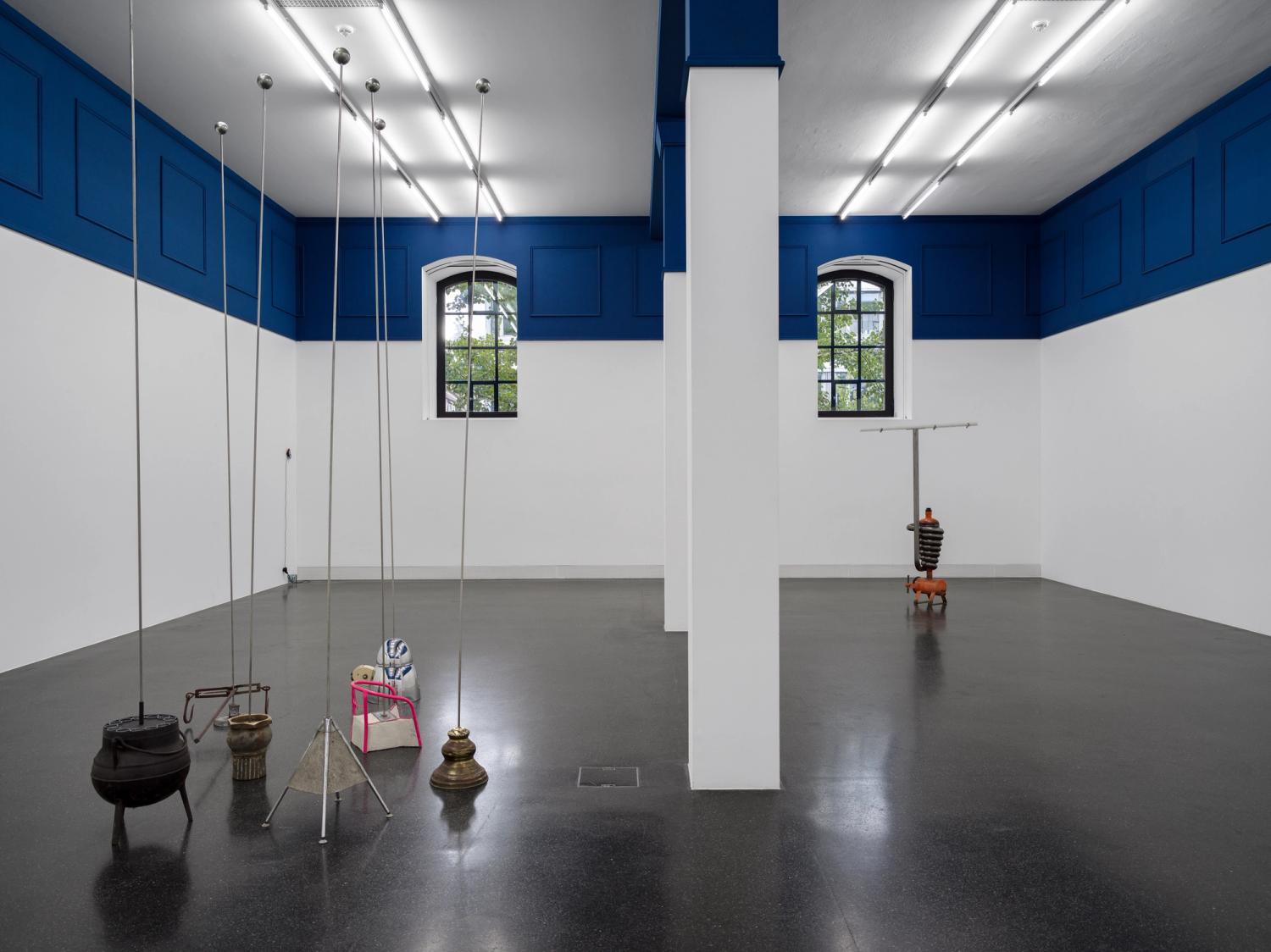


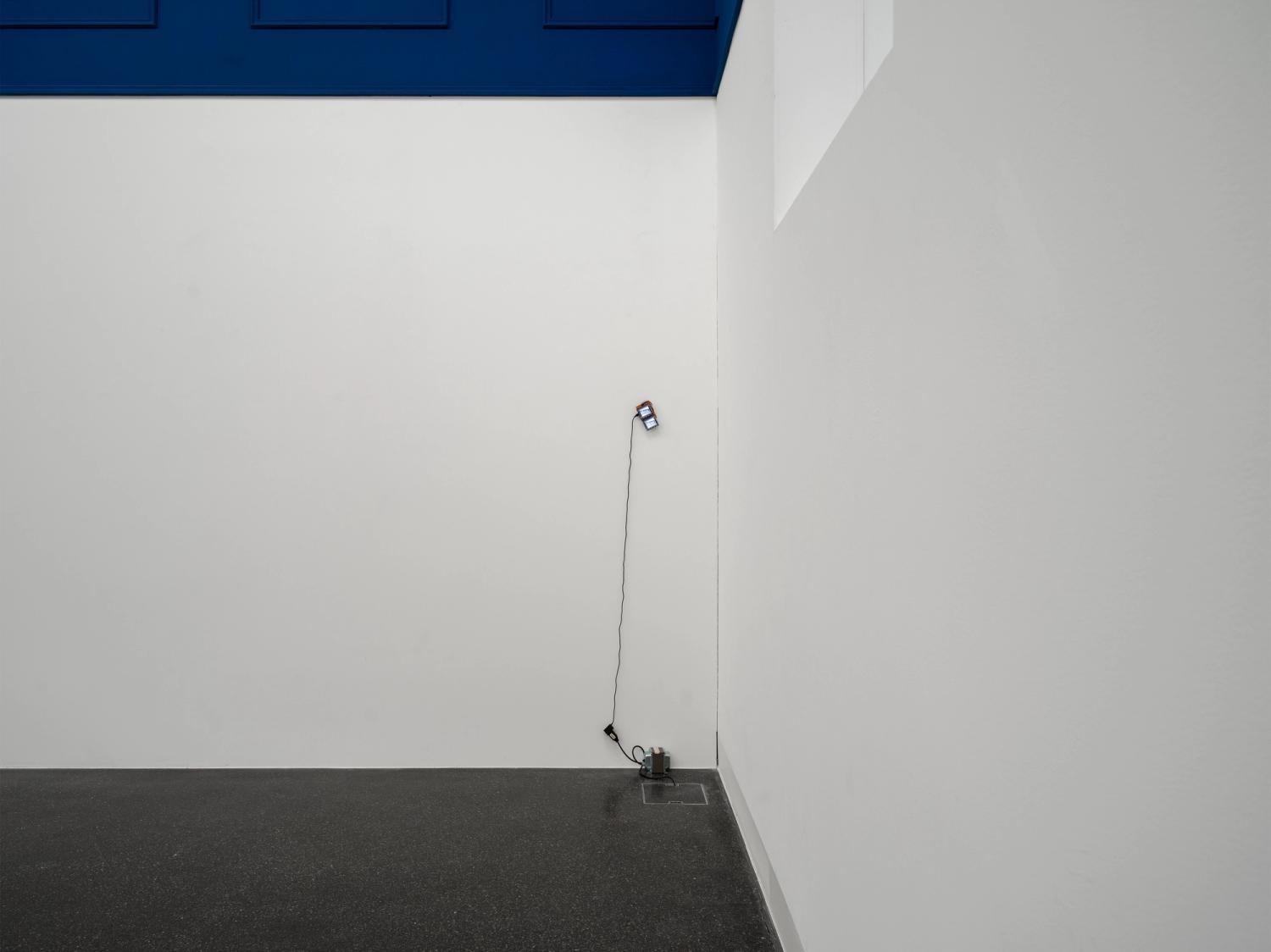
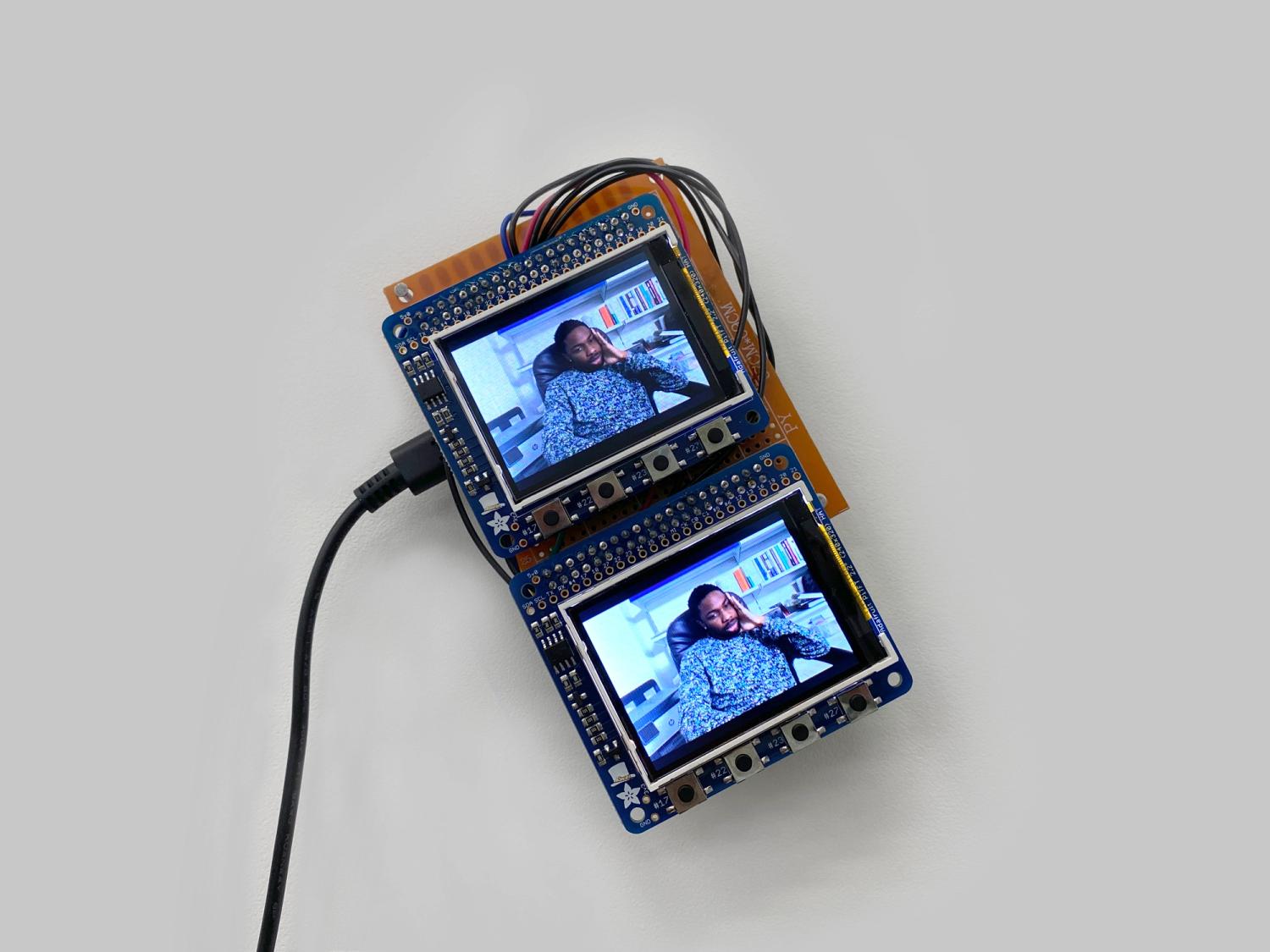
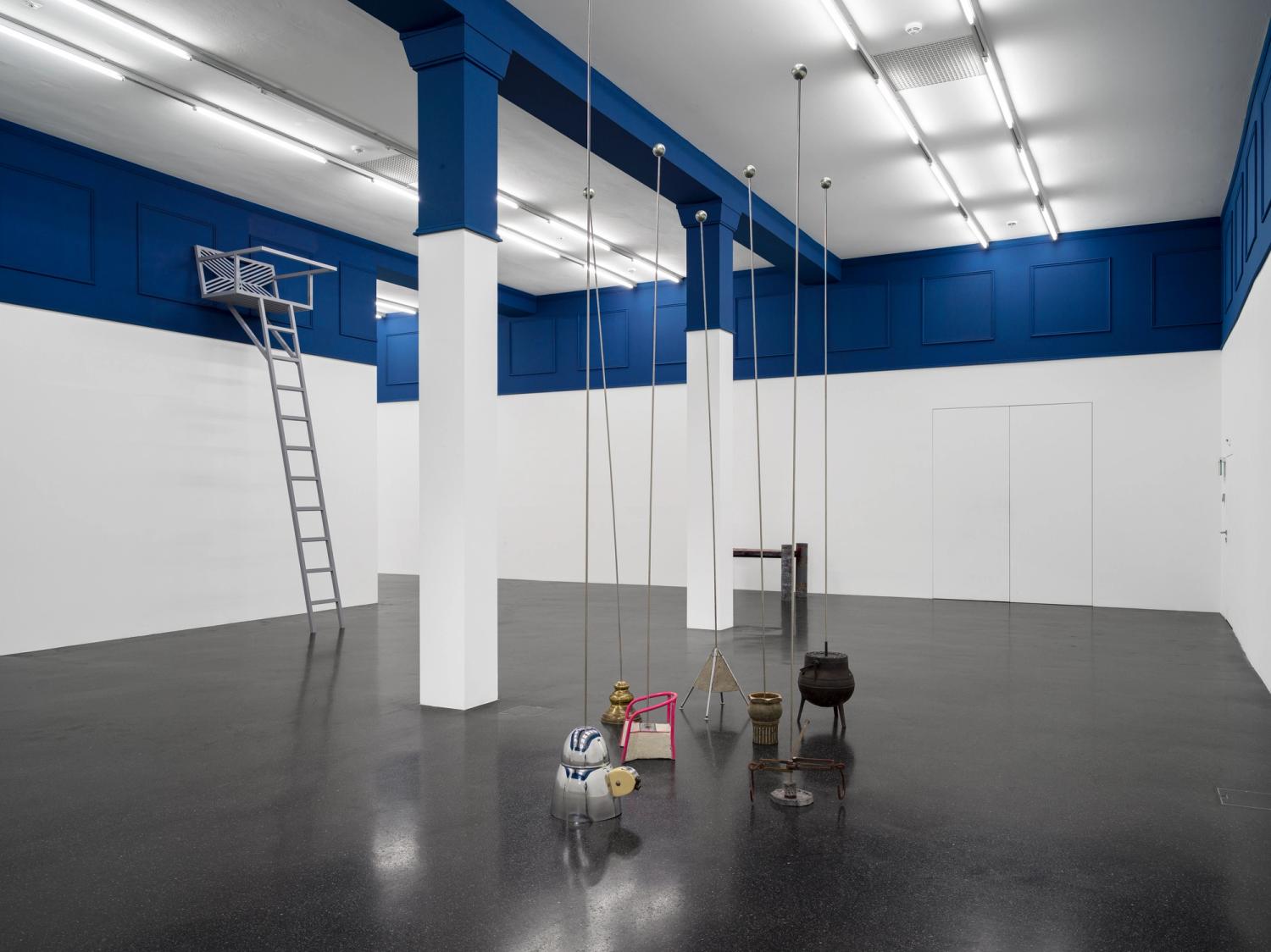
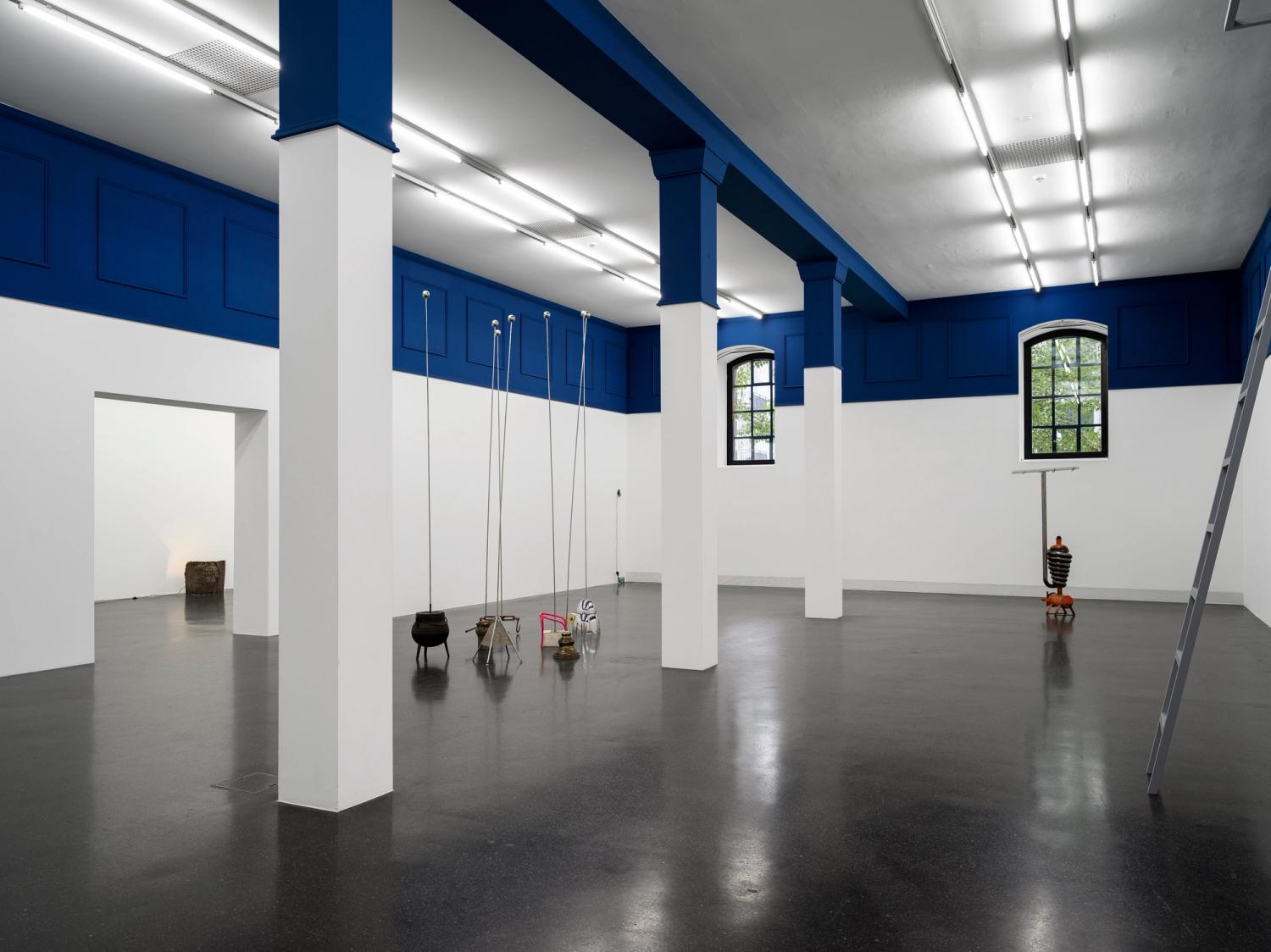
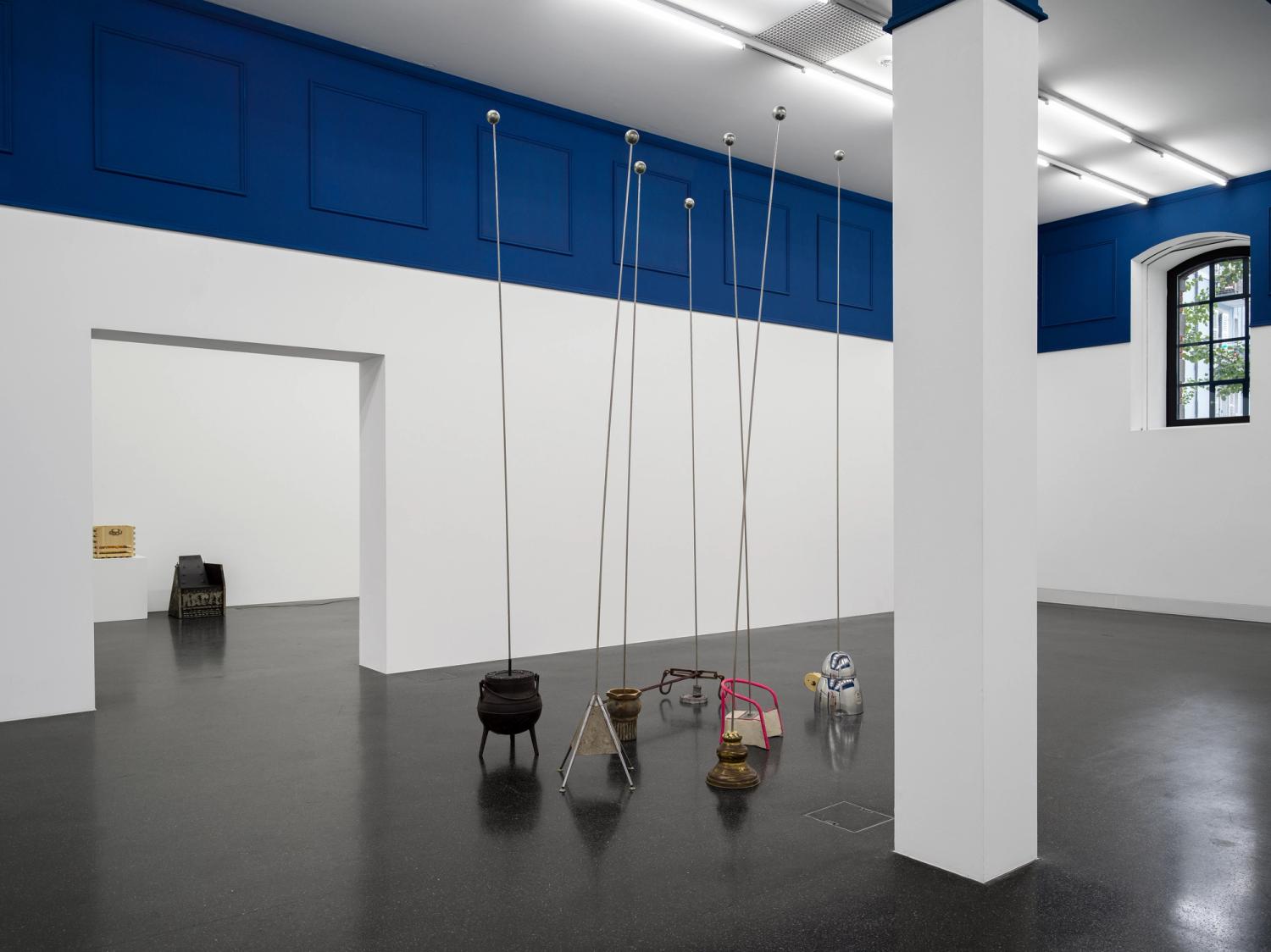


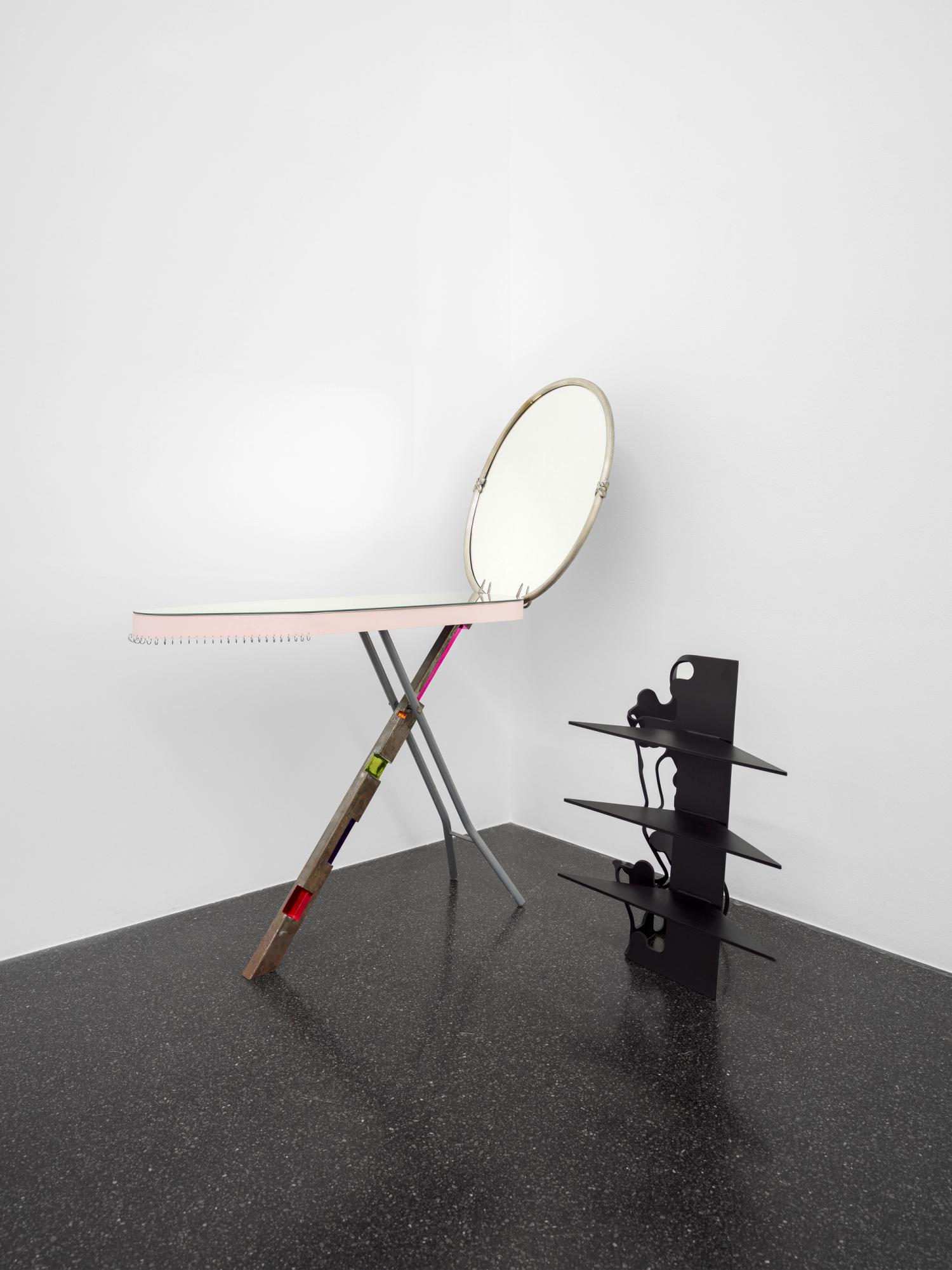
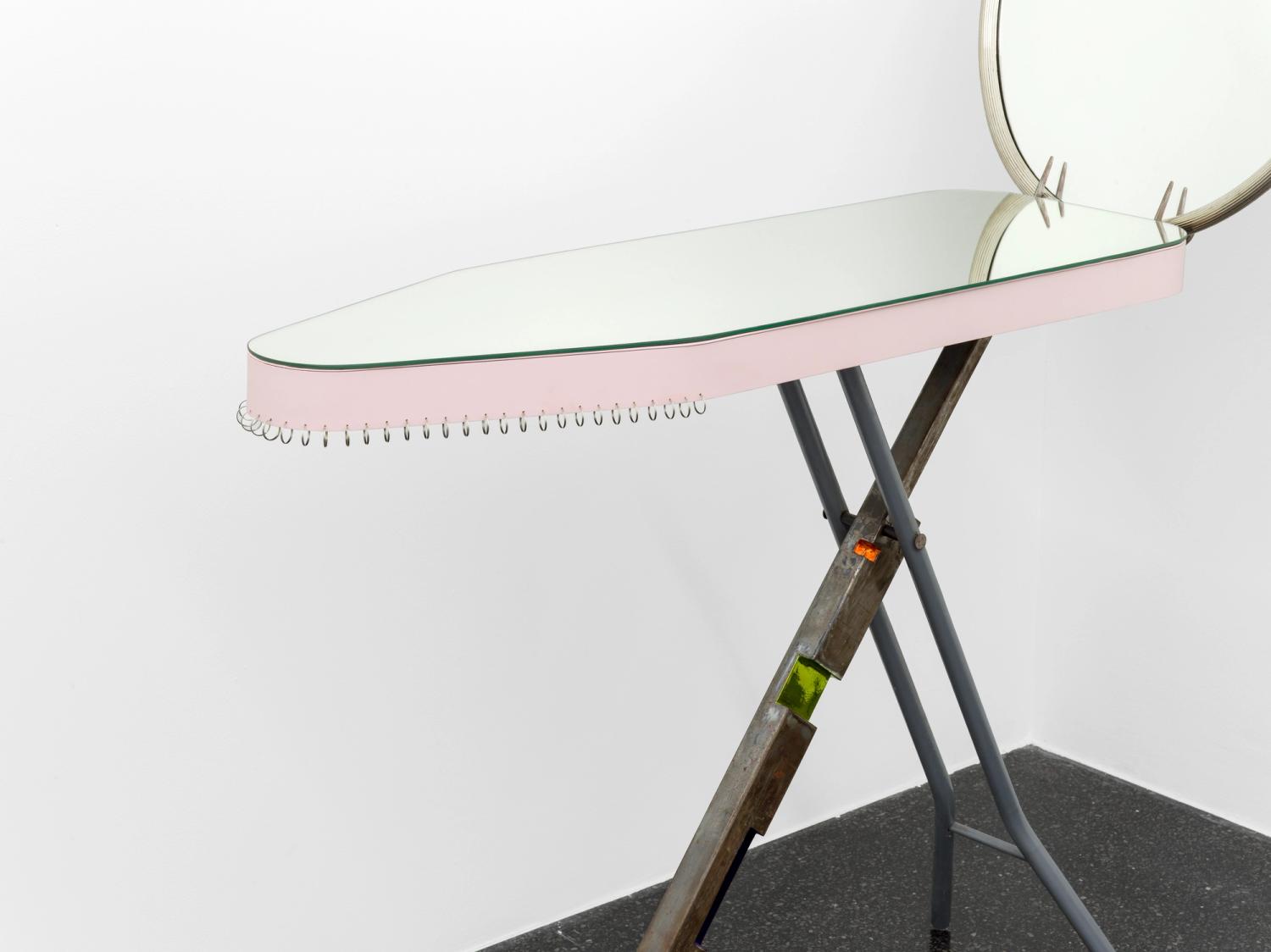
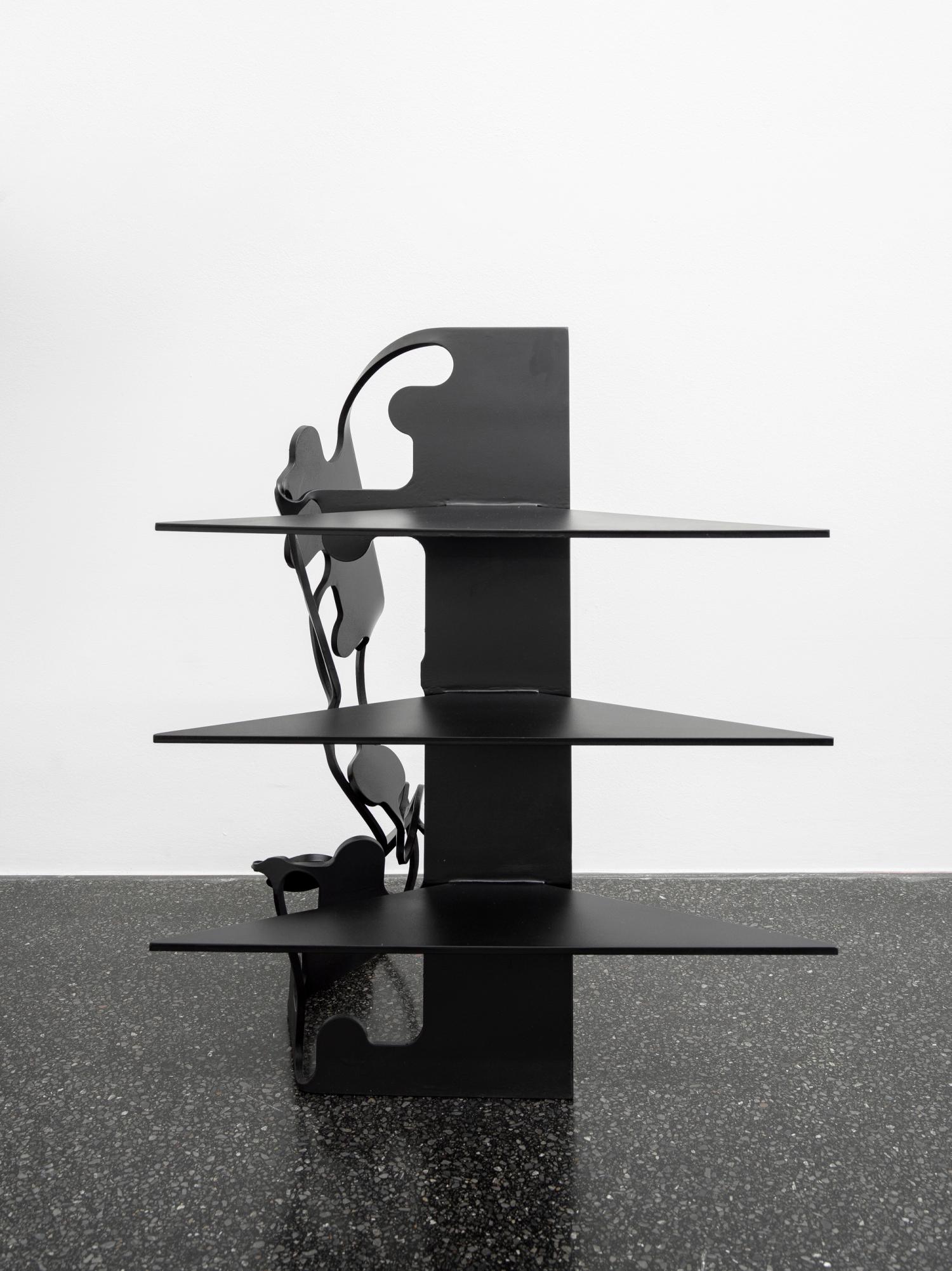

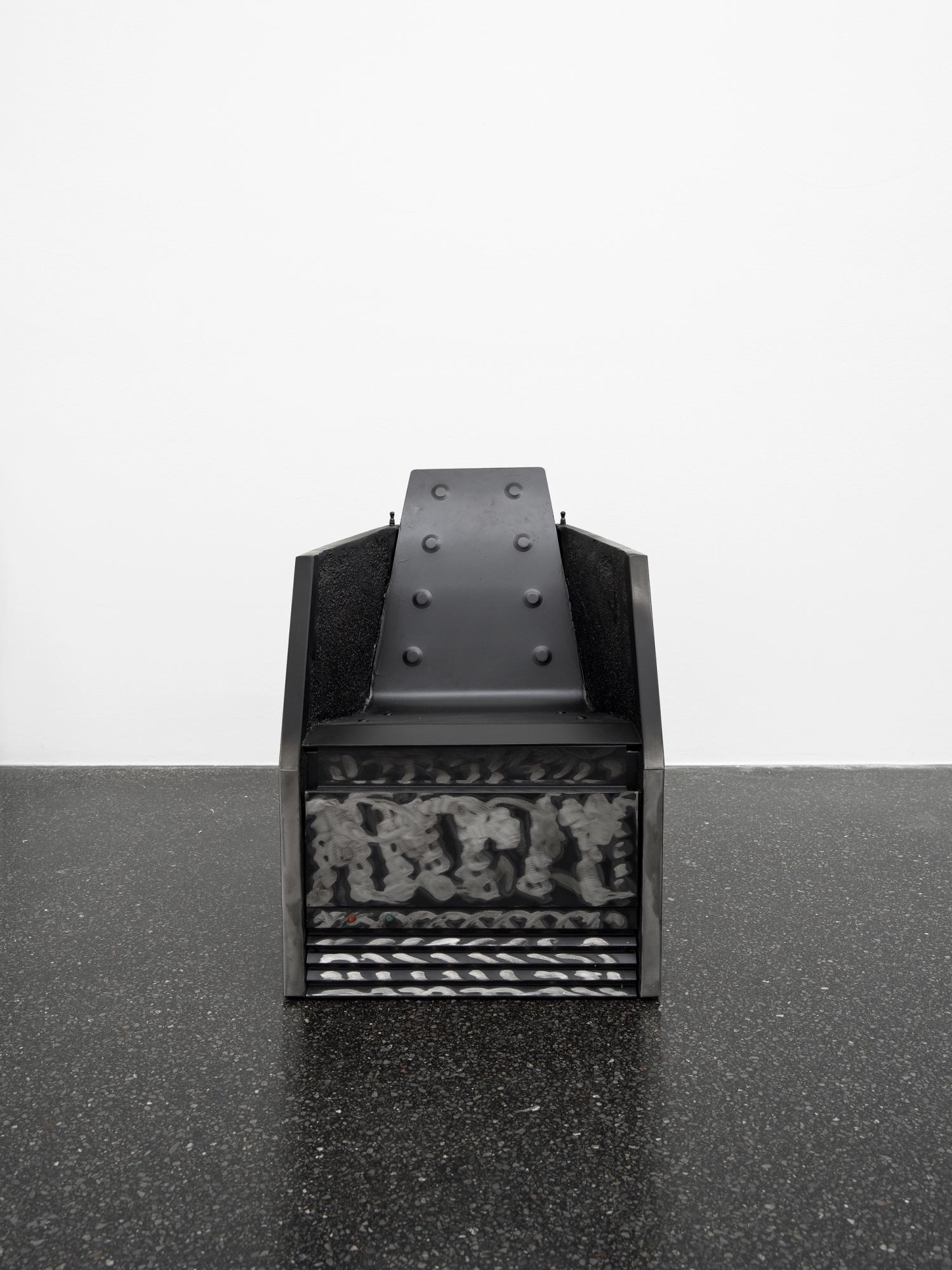
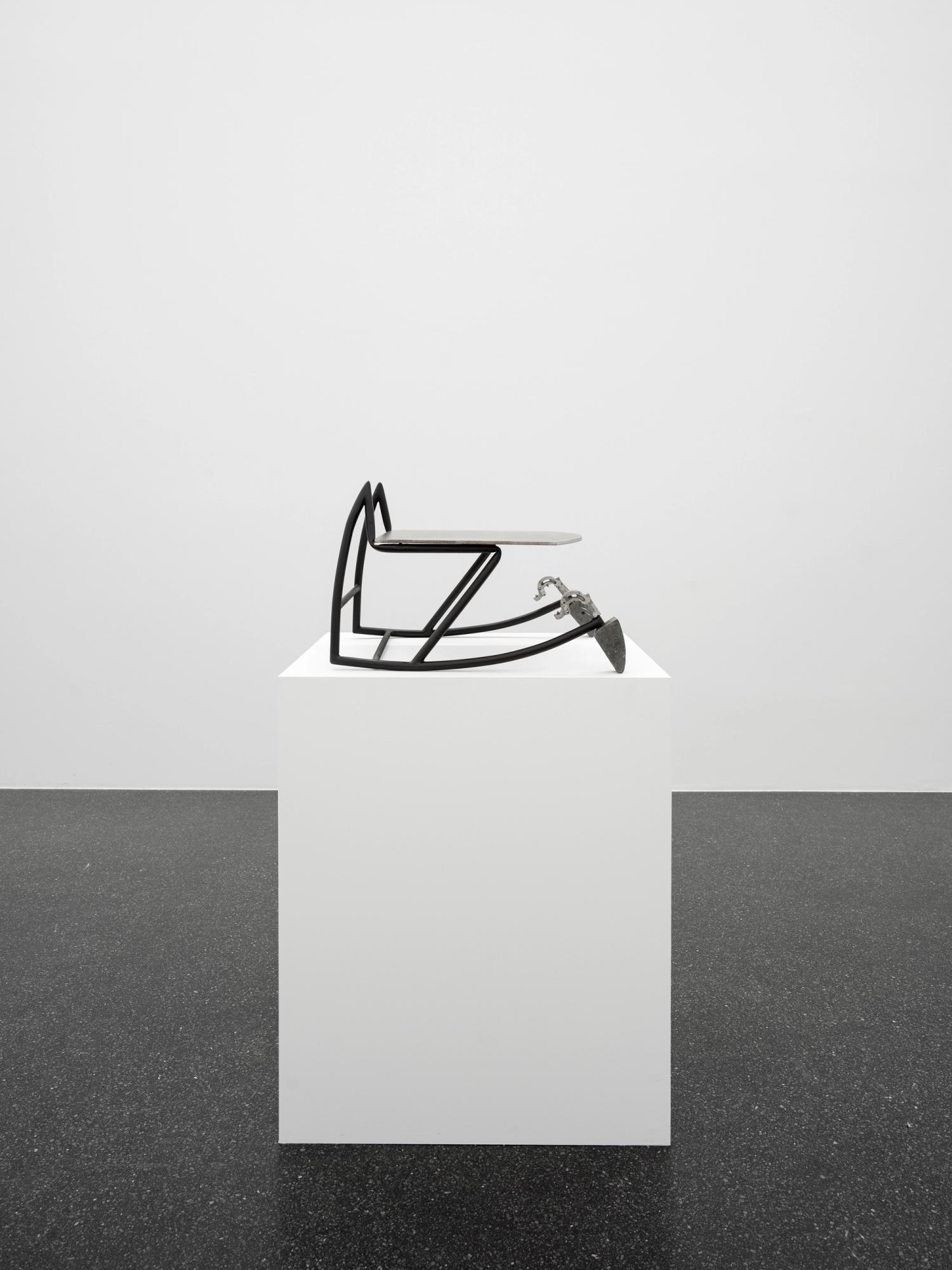
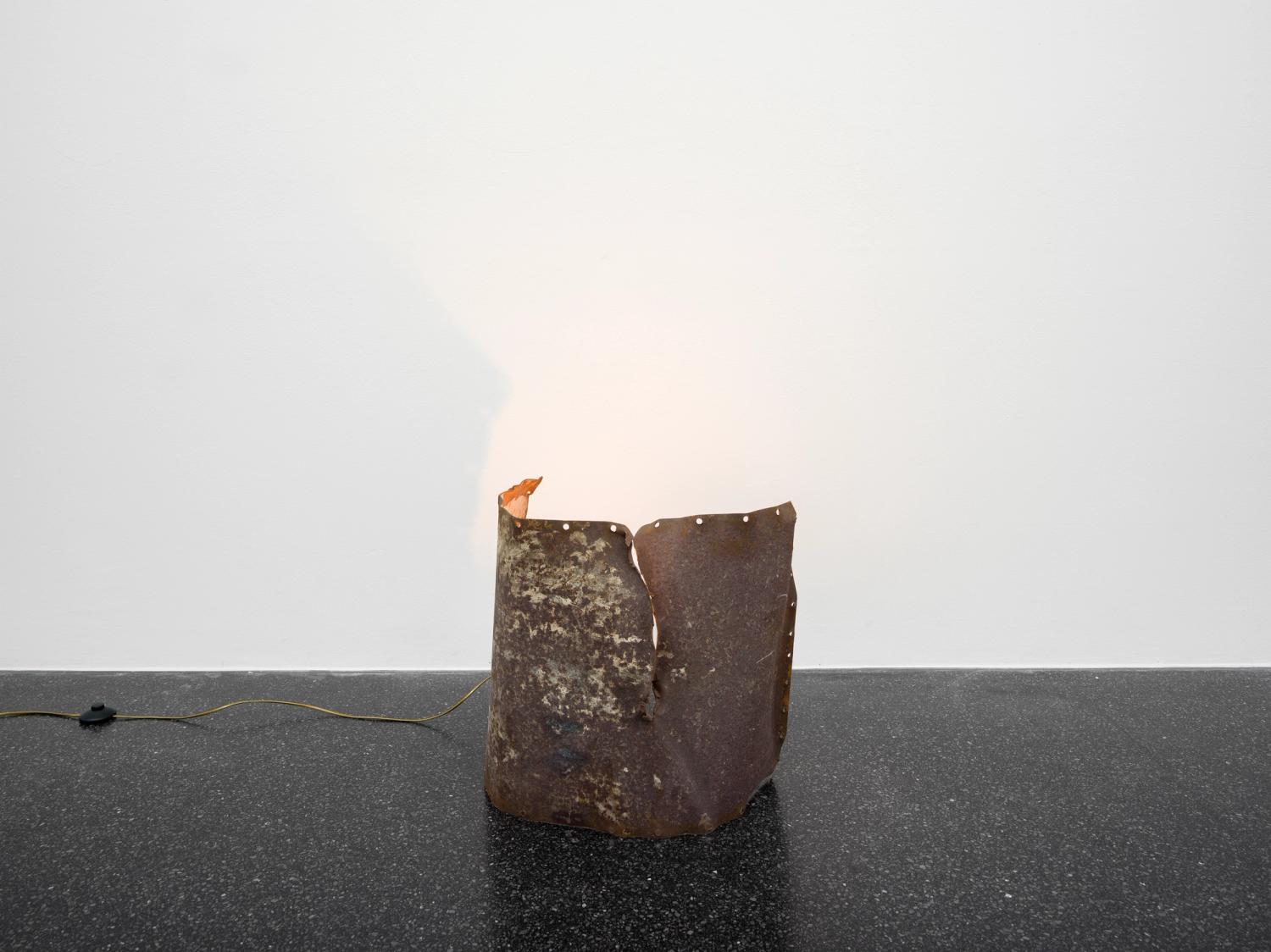



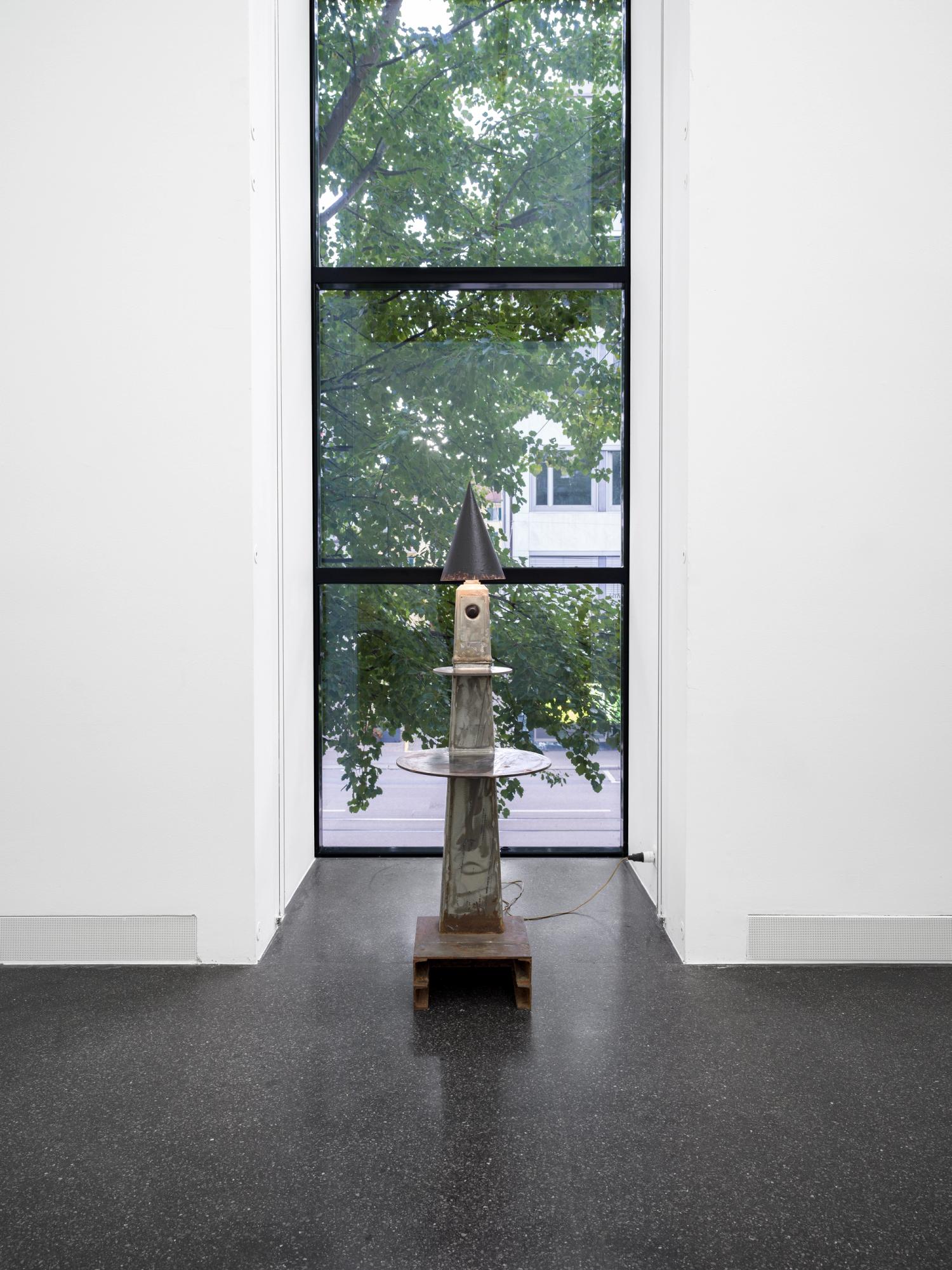


Press Release:
The objects and installations by the American artist Dozie Kanu are deeply connected to a topology of utilitarian objecthood and everyday culture, yet none of his chairs, sideboards or lamps are absorbed by their functional purpose. Rather, his sculptures are united by an inclination toward a form of meaning that transcends their utilitarian value.
Often starting from found and used materials taken mostly from their respective direct environment, Kanu combines such materials inscribed with traces and stories of their use over time with the slick surfaces of industrially manufactured material or readymades. By pairing these narrative qualities with an experimental formal language that brings an oftentimes surrealistic abstract quality to his works, he is constantly subverting the concept of clearly separated genres and concepts of the artwork. Kanu’s works are both sculptures and design pieces, installations and set designs, artworks and functional objects. With his idiosyncratic symbolism that makes reference to elements and symbols within Black Music and street culture, to vernacular forms of expression as well as codes of Classical Modernism and Surrealism, Kanu questions the emergence of value within an object, the relations between unique artworks and mass products, and the interaction of history and biography as it manifests through the material world.
With a largescale site-specific installation at Galerie Francesca Pia, Kanu recreates a stage for his sculptural settings by inverting and abstracting an earlier interior he realized in his exhibition at Performance Space, New York (2021). The repeated use of stage-like setting within his exhibitions could be traced back to his work as a set designer, but above all it emphasizes the aspect of performativity inherent in all his works. It is precisely the proximity of his sculptures to the utilitarian sphere that invokes a whole repertoire of performative gestures associated with his works. Even if they keep posing as such, Kanu’s objects are not hermetically self-contained works of art but unfold their meaning primarily through their interaction with one other and with their respective surrounding. The setting of the stage as a mode of exhibition allows to activate this constellation of sculptural, spatial and performative elements. In order to shift and upturn the values of art, of social and cultural affiliations, Kanu seeks to create these objects and constellations thereof that rather complicates and sets in motion the idea of being and belonging.